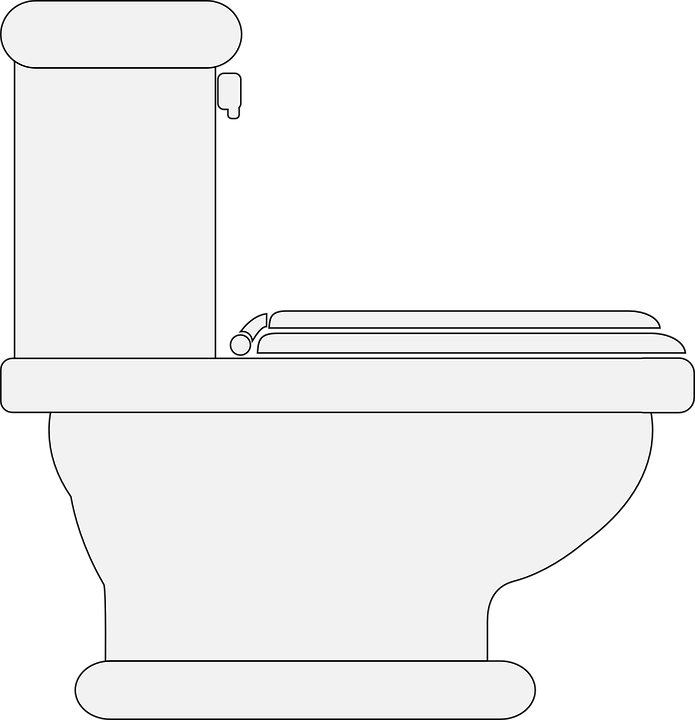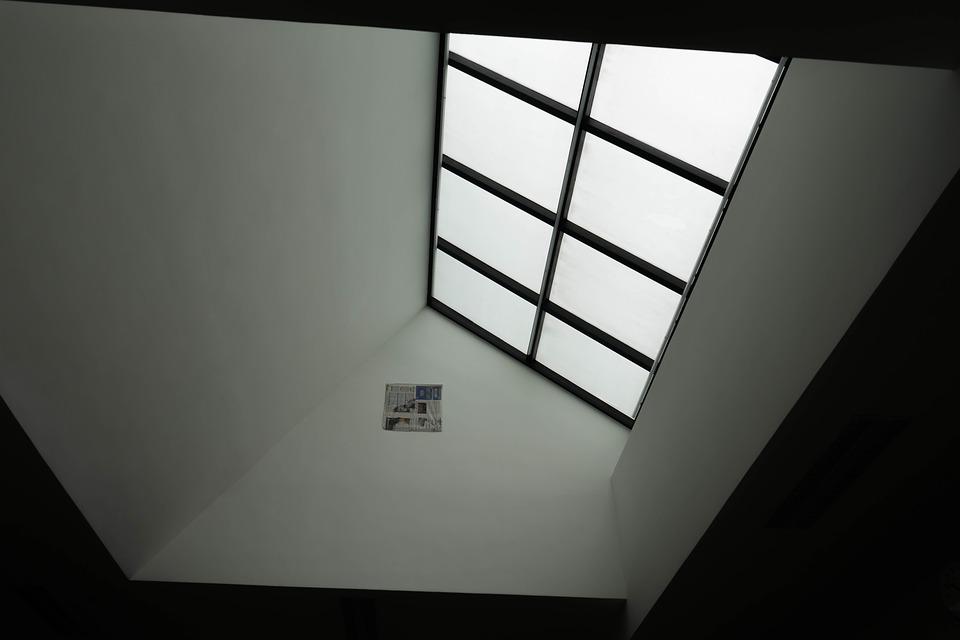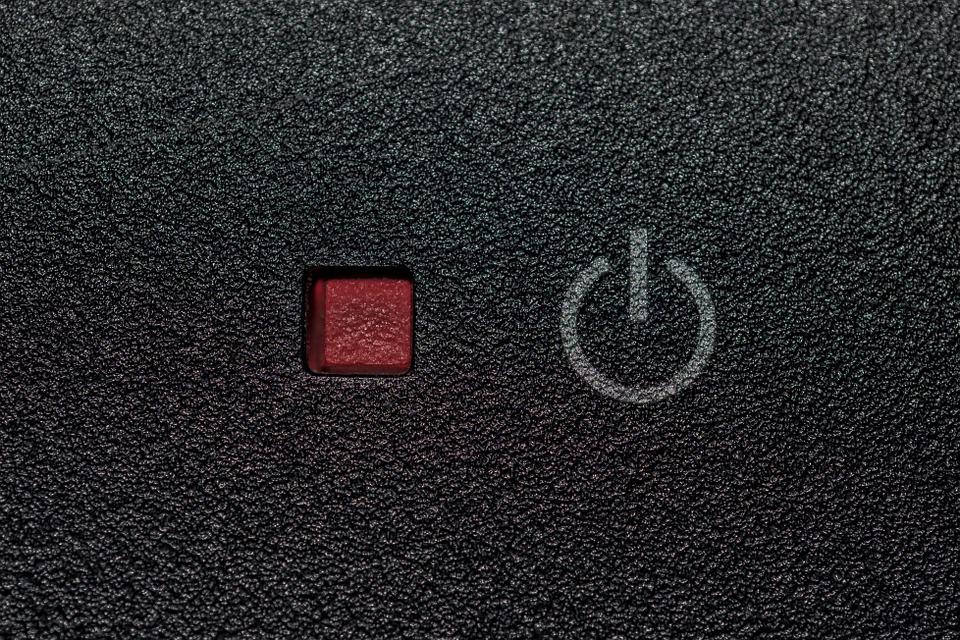
Energy Saving Tips to Reduce Your Bills!
Your home and some of your daily habits are highly energy-consuming. In addition to ecological concerns, this also significantly impacts your water and electricity bills.
There are many solutions to reduce your energy consumption and stop wasting energy, whether reflexes to take daily or small equipment to install. You don’t need to live in a cabin to limit energy consumption. Here are some simple ways to save money at home!
1. Dual flush toilets

The most easily achievable energy savings concern your toilets. Each flush costs an average of $0.34, or almost $40 per person annually. Equipping your flushes with a dual control system can easily reduce their consumption.
This equipment has many advantages:
– it releases the entire volume of water in the tank or a portion (often half). Compared to a traditional flush, it allows you to consume about 55% less water, which is equivalent to more than $20 over the year for 1 person;
– Dual flush toilets are sometimes adjustable but most often have a capacity of 3/6 L;
– its price ranges from $15 to $30 for the most elaborate models.
Good to know: another solution, free this time, is to place a 1.5 or 2 L bottle filled with water in the flush tank. To make this option cost-free, use rainwater to fill the bottle.
2. Tumble dryers: some tips to follow

A clothes dryer uses a lot of electricity: its energy is twice as much as that needed to wash clothes!
Here are some simple tips to keep your dryer from running up your bill:
– wring out your laundry before putting it in the machine;
– only run your dryer when it’s full.
If you can afford to buy a new model
– choose vented models over condensing ones, which use 10 to 20 percent more energy;
– Class A dryers are very hard to find. Class B or C dryers are more common.
Good to know: there are models with an integrated heat pump, which allow savings of about 40% compared to a traditional model. These appliances are expensive, costing no less than $900 for a 6 kg capacity.
3. Eco” cycle or new washing machine?
Before you think about re-equipping your appliances, start by developing good habits:
– Only run machines when the washer is full or use the “half load” (or “automatic variable capacity”) option;
– Use the “eco” cycle function, which uses an average of 25% less electricity and 18% less water.
If you have the budget, buy a newer, more efficient model:
– investing in a low energy consumption model is worth it because, in 4 to 5 years, you will have made your purchase profitable compared to a high energy consumption model;
– a recent model can save you up to 44% (or $15) on your electricity bill compared to an older model purchased several years ago
– In terms of water consumption, a new model can reduce it by 65%, or about $35 per year.
4. Lighting: what are the solutions to consuming less?

To reduce your electricity consumption related to lighting in your home, cut down on waste:
– take advantage of natural lighting as much as possible by intelligently placing the furniture in your rooms (kitchen countertop near a window, skylight, armchair for reading near a window…). This can save you up to 1 hour of lighting per day. You will save more than $30 annually for a dozen incandescent bulbs. If you only use low-energy bulbs, you will still save more than $10 per year;
– Install timer switches in high-traffic areas such as hallways and dimmers in living areas.
Choose the right intensity for your light bulbs:
– 15 to 20 W per square meter are needed for living areas;
– 10 to 15 W per m² are enough for the rooms of passage and the rooms
5. Standby power for multimedia devices: track them down!

This is the most accessible electricity consumption item to reduce, and it’s free! All you have to do is hunt down the devices that remain on standby.
Even when turned off, your audiovisual devices are generally still on standby. This standby state represents 3/4 of the consumption of these devices!
Here are the devices that can be unplugged:
– your TV: its standby costs between $5 and $15 per year;
– Your DVD or BluRay player: its standby time costs between $3 and $13 per year;
– your game consoles: their standby costs between $2 and $10 per year
– your computer: its standby costs between $6 and $30 for a year;
– your coffee maker: its standby time costs between $2 and $4 per year;
– if you don’t use their internal clock, turn off your microwave and your stereo system, whose standby costs between $3 and $20 per year;
– if you don’t receive phone calls through the Internet: your router, which still costs $10 a year to standby;
Remember to unplug your cell phone, computer, and camera chargers as soon as their charge is over. When they are plugged in, they consume electricity, even if your device is no longer plugged in at the end.
Here are some small devices that can help you make these savings more easily:
– power strips with switches: they avoid having to unplug all the outlets one by one;
– Standby power outlets: when you turn off the appliance, the outlet blocks the power supply. A plug of this type costs on average $20;
– Energy management software can reduce your computer’s electricity consumption by 40 to 60%. This represents a computer’s savings of between $17 and $25 per year.
Outdoor: what energy savings are possible?

Some everyday tasks don’t require you to use water
– outside: cleaning your car, watering your garden or/and plants, cleaning your outdoor furniture, etc.
– in your home: washing your floors, flushing your toilets, etc.
For all these tasks, think of using rainwater. To collect it, equip yourself with a tank dedicated to this purpose. This tank does not have a filtration system and can be found for as little as $40.
For outdoor lighting, you can install solar-powered spotlights equipped with motion sensors. These spots cost an average of $40. Once installed, they cost you nothing in electricity.



